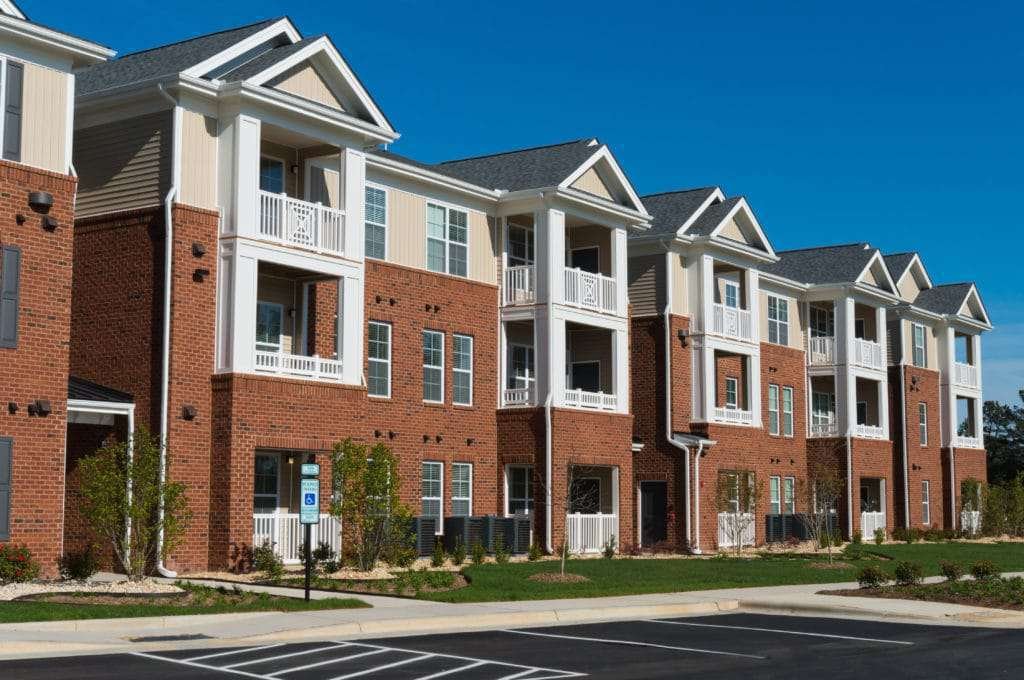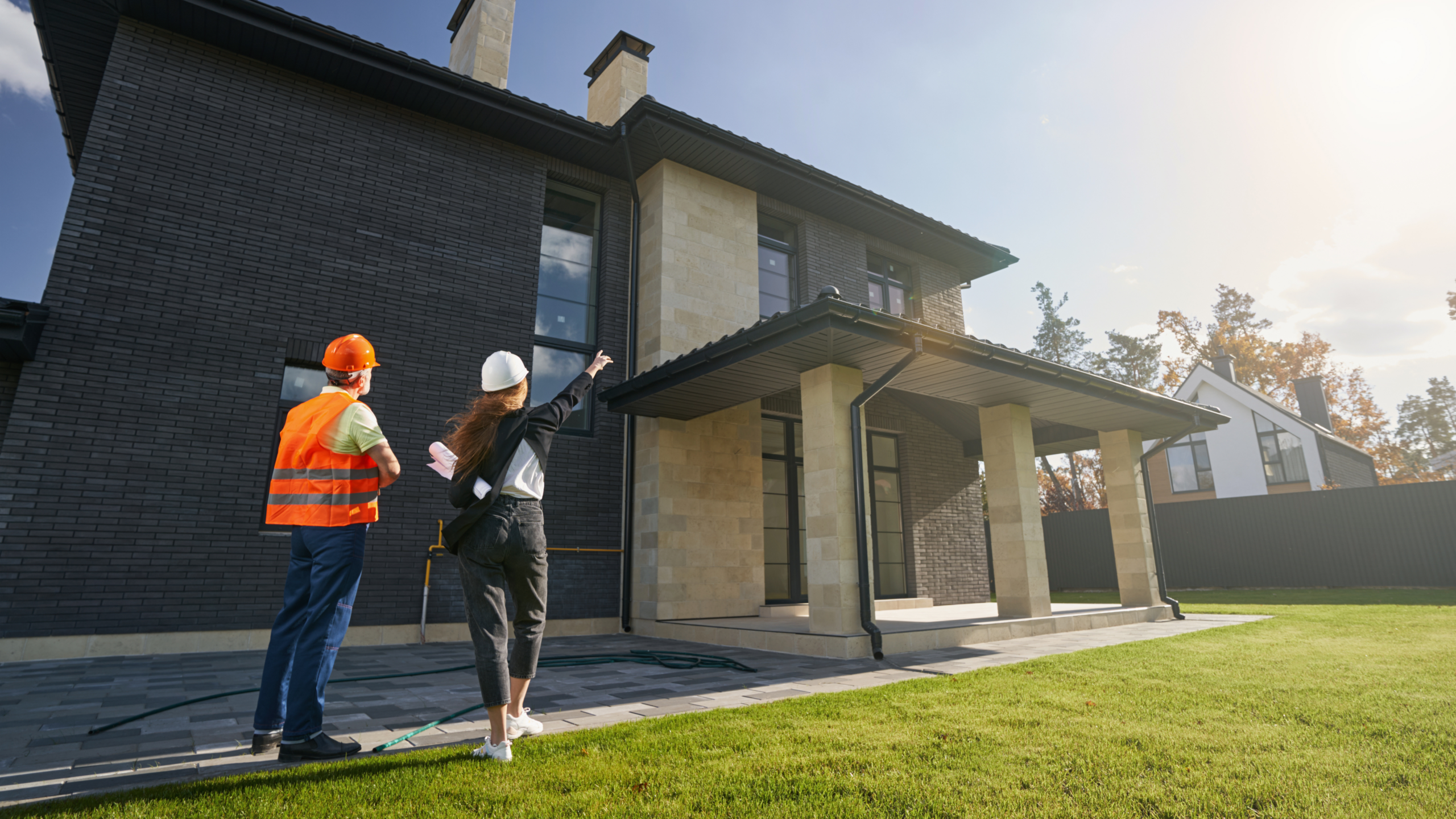NSPIRE inspections are crucial for maintaining compliance with HUD regulations and ensuring the safety and livability of your properties. Whether you’re a property manager, owner, or housing authority official, preparing for a NSPIRE inspection can be overwhelming. However, with our detailed NSPIRE Pre Inspection Checklist, you can streamline the process and ensure your property passes without a hitch. This guide will walk you through each step, from understanding the requirements to completing repairs and shadowing the inspection for success.

Download Our Free NSPIRE Pre Inspection Checklist
Preparing for a NSPIRE inspection can be a complex process, but with the right tools and preparation, you can ensure your property passes without any issues. Our NSPIRE Pre Inspection Checklist is designed to help property managers and owners systematically evaluate their properties before the official inspection. This checklist will guide you through critical areas such as structural integrity, plumbing, electrical systems, and safety features, ensuring you meet all the necessary NSPIRE standards.
By using this checklist, you can identify and address potential issues early, saving time and money while ensuring that your property is inspection-ready. From checking smoke detectors to inspecting plumbing and HVAC systems, our checklist helps you stay organized and proactive.
To download your free NSPIRE Pre Inspection Checklist, simply visit our NSPIRE Pre-Inspection Brochure. This resource will give you the insight you need to prepare for a successful NSPIRE inspection and avoid costly failures.

Understand the Requirements for NSPIRE Inspections
Before diving into the NSPIRE pre-inspection, it’s essential to familiarize yourself with the HUD NSPIRE standards. These guidelines outline what needs to be inspected and how properties are graded. Understanding these requirements helps ensure your property is in line with expectations and will pass the official inspection.
Overview of NSPIRE Standards
The NSPIRE inspection is an essential part of HUD’s initiative to ensure safe and habitable housing. It covers a variety of areas, including safety, plumbing, electrical systems, and more. If you want to learn more about what inspectors are looking for, you can refer to the official NSPIRE program overview.
Key Areas Covered in NSPIRE Inspections
The NSPIRE inspection assesses several components of your property, ensuring they meet the safety and operational standards set forth by HUD. Some of the key areas include:
- Safety Hazards: Fire exits, smoke detectors, handrails, etc.
- Plumbing: Leaks, water pressure, water heater performance.
- Electrical Systems: Proper wiring and grounding.
- HVAC Systems: Functionality and air quality.
For a detailed breakdown of what inspectors check, visit the NSPIRE Standards.
Importance of Meeting HUD Guidelines
Meeting HUD guidelines ensures that your property provides a safe and healthy environment for tenants. Non-compliance can lead to penalties, funding cuts, or, in severe cases, the closure of your facility. Understanding these guidelines is the first step toward achieving a successful inspection.

Conducting a Pre-Inspection: The First Step to Compliance
Before the official NSPIRE inspection, conducting a pre-inspection is essential. A NSPIRE pre-inspection checklist will help you evaluate your property and identify any issues that need to be addressed. Conducting this inspection thoroughly can save time and money, as it ensures that you tackle all potential problems before the official assessment.
What to Look for During Your Pre-Inspection
A pre-inspection checklist is a valuable tool to ensure everything is in order before the official inspection. Here’s what to check:
- Structural Integrity: Inspect the foundation, walls, and ceilings for any damage or cracks.
- Plumbing: Check for leaks, low water pressure, and ensure that water heaters are working properly.
- Safety Features: Test smoke detectors, carbon monoxide detectors, and ensure fire exits are unblocked.
Common Pre-Inspection Deficiencies to Watch Out For
Some of the most common deficiencies found during pre-inspections include:
- Faulty electrical systems, such as exposed wiring or outdated outlets.
- Broken or inefficient HVAC systems.
- Plumbing leaks or non-functioning water heaters.
- Safety hazards, including improperly installed fire extinguishers or blocked exits.
By addressing these issues in advance, you can avoid costly repairs and delays. For comprehensive pre-inspection services, consider working with NSPIRE Experts to conduct a thorough evaluation. Learn more about our NSPIRE Pre-Inspection Services.
How a Thorough Pre-Inspection Helps Avoid Failures
A comprehensive pre-inspection allows you to identify potential issues before the official inspection. This step ensures you won’t be blindsided by last-minute fixes that could derail your inspection results. The key is to be proactive and address any deficiencies early.

Complete Repairs Before the Official Inspection
Once you’ve conducted your NSPIRE pre-inspection, the next step is to make necessary repairs. Some issues can be simple fixes, while others may require professional help.
Prioritize Critical Repairs
Certain repairs are more critical than others and should be addressed first. These include:
- Electrical problems
- Plumbing leaks
- Broken smoke detectors or fire exits
By fixing these issues first, you’ll reduce the risk of failing the NSPIRE inspection and avoid delays.
Tips for Quick and Efficient Repairs
Timeliness is key when making repairs. Here are some tips for completing them quickly and efficiently:
- Hire Professionals: For complex repairs, such as plumbing or electrical systems, it’s wise to hire experts.
- Keep a Maintenance Team Ready: Having a reliable maintenance team ensures that repairs are done swiftly.
- Use High-Quality Materials: To prevent further issues, use durable and high-quality materials during repairs.
Work with Experts for Complex Repairs
For more complex repairs or compliance issues, consider reaching out to NSPIRE Experts for assistance. Our team can handle everything from simple fixes to comprehensive repairs, ensuring your property meets all NSPIRE inspection standards. Explore our NSPIRE Property Prep & Repairs services.
Conduct a Final Review: Ensuring Full Compliance
Once repairs are completed, it’s time for a final review to ensure everything is in top shape before the official inspection.
Check Everything One Last Time
Before the official inspection, conduct a final walkthrough of your property to check:
- All repairs have been completed.
- Safety equipment (fire extinguishers, smoke detectors) is in place and functional.
- Plumbing and electrical systems are fully operational.
This last check ensures that no critical elements are overlooked, giving you confidence heading into the official inspection.
The Importance of Addressing Minor Issues
Even minor issues, such as a missing smoke detector battery or a leaky faucet, can impact the inspection outcome. Fixing these small problems now will help you avoid complications later.

Shadowing the Inspection: Maximizing Your Chances of Success
One of the best ways to ensure success during a NSPIRE inspection is to have an expert shadow the inspection. This service provides an added layer of support, ensuring that everything is handled smoothly and that your property is accurately assessed.
What is NSPIRE Inspector Shadowing?
NSPIRE Inspector Shadowing is when an expert accompanies the official NSPIRE inspector to provide guidance, answer questions, and ensure that your property is being evaluated fairly. This step can make a huge difference in passing your inspection.
Learn more about our NSPIRE inspector shadowing services here.
How NSPIRE Experts Can Help During the Inspection
Our team of NSPIRE experts will be there to advocate for your property, ensuring that all standards are met and no issues are missed. We can also provide recommendations on-the-spot, making the process smoother and less stressful.
The Benefits of Having Expert Support
Having an expert by your side during the inspection provides peace of mind and improves your chances of success. With NSPIRE shadowing, we help you avoid common pitfalls, ensuring compliance and reducing the risk of failure.

Conclusion: Your Path to a Successful NSPIRE Inspection
Preparing for a NSPIRE inspection doesn’t have to be stressful. By following our NSPIRE Pre Inspections Checklist, conducting thorough pre-inspections, addressing repairs, and leveraging expert support, you can ensure your property meets all the necessary HUD standards.
For comprehensive guidance, expert repairs, and inspection shadowing, reach out to NSPIRE Experts. We provide the support you need to pass your NSPIRE inspection the first time—no stress, no surprises.
